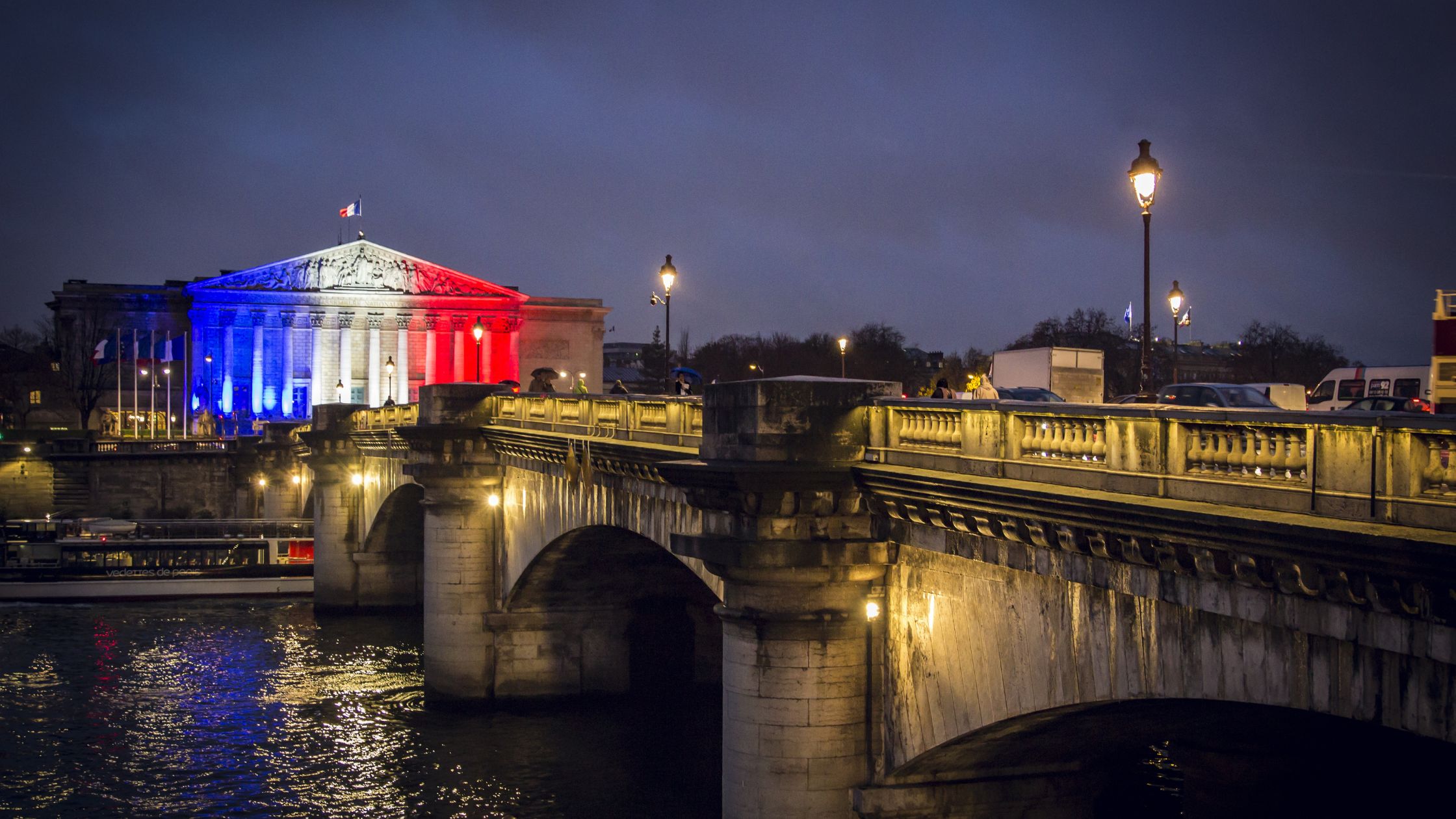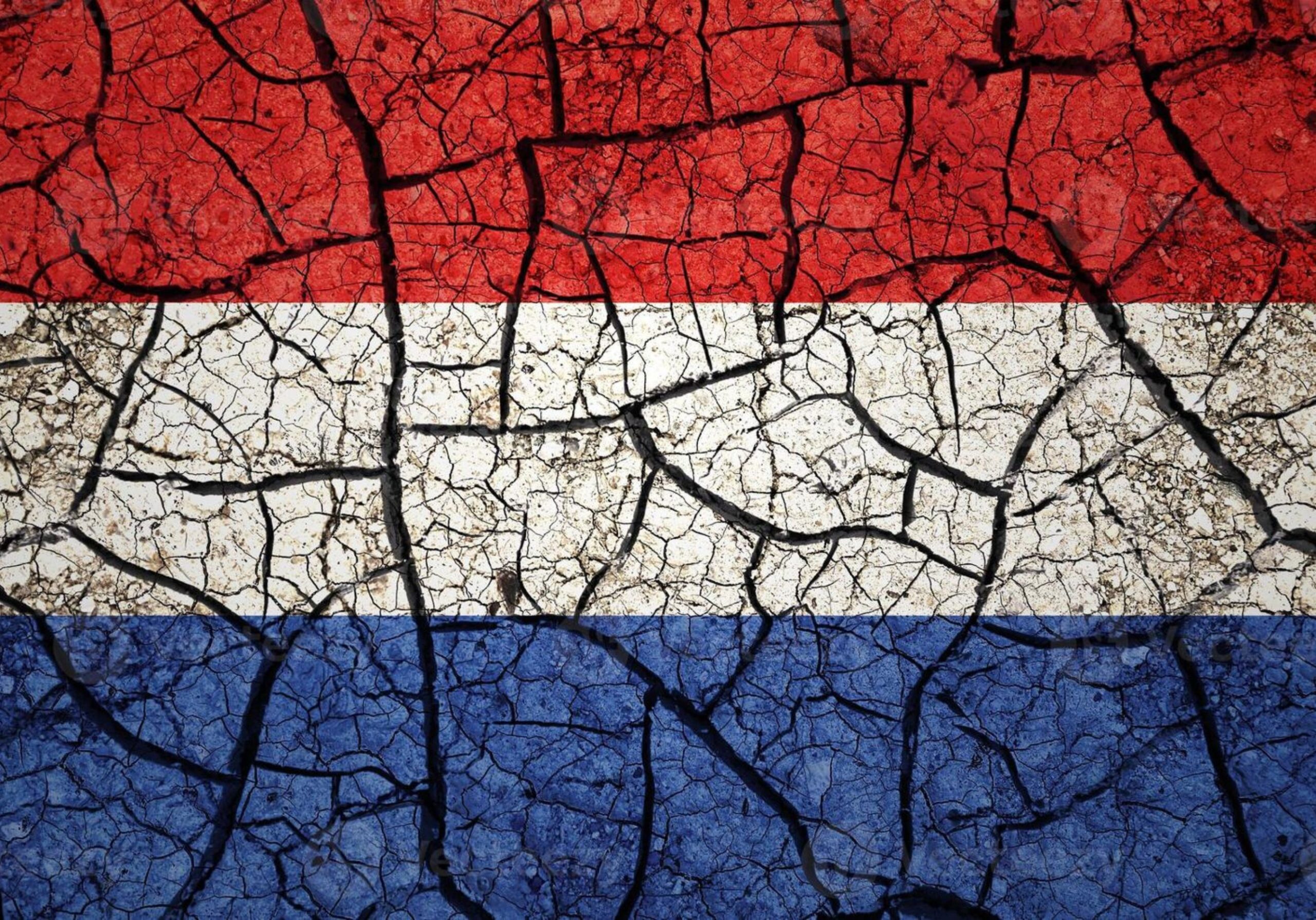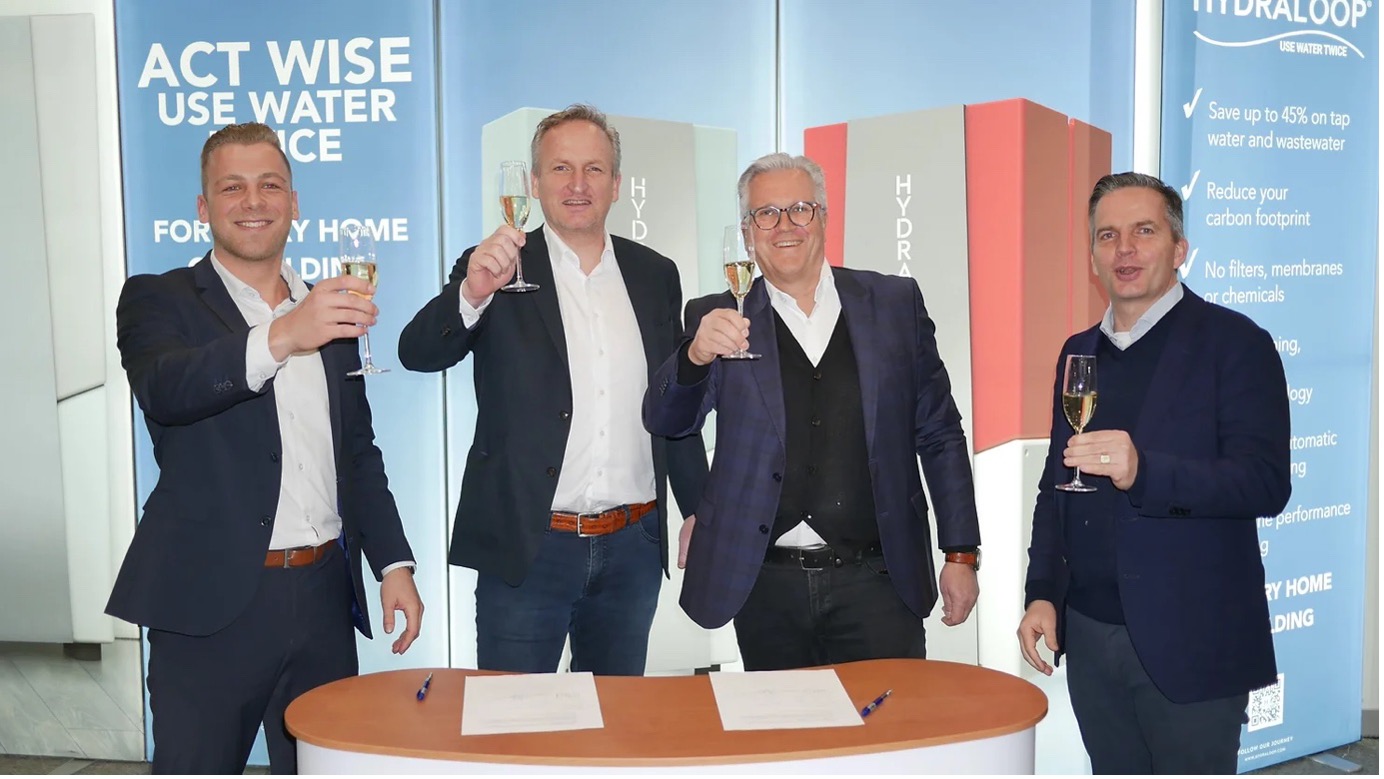3 minute read
Hydraloop featured in CG Magazine: the shift to circular water use is underway

In an interview with Wim Garmyn (Project Coordinator for Climate-Adaptive Building at Embuild Flanders) and Sabine Stuiver (Co-founder & Brand Ambassador of Hydraloop), CG Magazine dives deep into a crucial topic: how we can—and must—make our homes, neighborhoods, and public spaces more water-conscious and climate-resilient. The message is clear: we can no longer afford to treat drinking water as the default for all uses.
In the Netherlands, 74% of all drinking water is consumed by households, often for tasks that don’t require such high-quality water—like flushing toilets or doing laundry. In Flanders, 88% of household water usage comes from potable water. That’s where circular water use comes in.
What is circular water use?
Circular water use is a systemic approach to managing water smartly: reducing demand, reusing water flows, restoring natural balance, and recovering resources. It’s about using the right quality of water for the right application—and keeping water in use for as long as possible.
One of the most underutilized sources? Rainwater and greywater. While rainwater is already gaining traction for outdoor use and flushing toilets, the real game-changer is greywater reuse—water from showers, baths, and washing machines that can be treated and reused for non-potable purposes.
Hydraloop: a practical, scalable solution
Technologies like Hydraloop are already making this possible. Using a combination of sedimentation, aeration, and UV disinfection—without filters or chemicals—Hydraloop systems purify greywater and make it reusable for flushing toilets, watering gardens, or doing laundry. Systems like the Hydraloop H300 or H600 are already being used in homes, with cascade setups available for hotels, student housing, and collective residential projects.
- In the Circular Water House in Boskoop, Hydraloop is part of a fully integrated system that collects rainwater, uses it for showers and sinks, then reuses the greywater again—cutting drinking water use by over 90% and reducing wastewater by 40%.
- In Hof fan Lemmer (Friesland), a new residential development, water reuse is built into the urban design from the ground up. Each homeowner is required to choose a reuse system—rainwater or greywater—and the neighborhood is optimized for buffering, depaving, and infiltration.
The challenges ahead
Despite growing awareness and the availability of certified, digital, low-maintenance systems like Hydraloop, implementation is still limited. Regulations are improving—like the new Flemish rainwater reuse mandates—but true circular water use is still in its infancy. There’s also a lack of financial incentives and clear policies to accelerate adoption.
Storage remains a technical hurdle: rainwater needs space, while purified greywater must be stored safely without recontamination. Hydraloop addresses this by automatically re-disinfecting stored greywater every four hours, keeping it clean and safe for reuse.
As Stuiver puts it: “We need to move away from the idea that everything must always be drinking water quality. Water just needs to be fit for purpose—and meet strict European safety standards.”
The future is now
The technologies exist. The insights are clear. What’s missing is large-scale implementation and policy support. As the article concludes, building or renovating today is a unique opportunity to create homes that are future-proof—resilient, sustainable, and water-smart.
Hydraloop’s presence in CG Magazine is more than a spotlight—it’s a sign that circular water use is not just an idea, but a working solution already making an impact.
Curious about how circular water use can change the way we live, build, and design?
Read the full article in CG Magazine to explore the systems, success stories, and strategies shaping the future of water.




